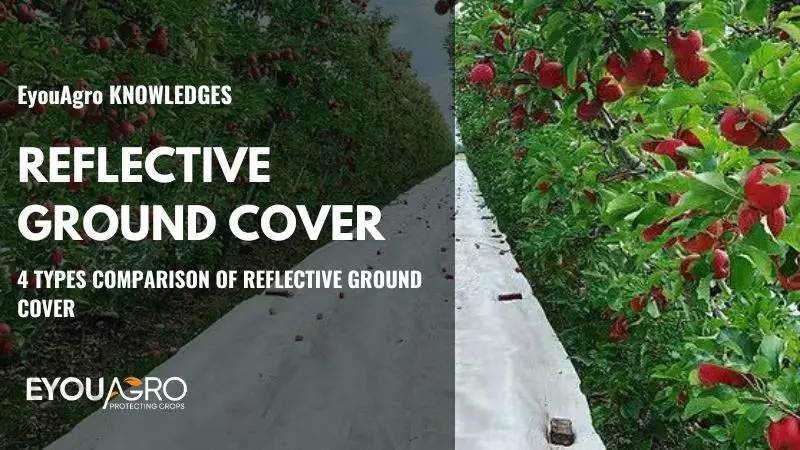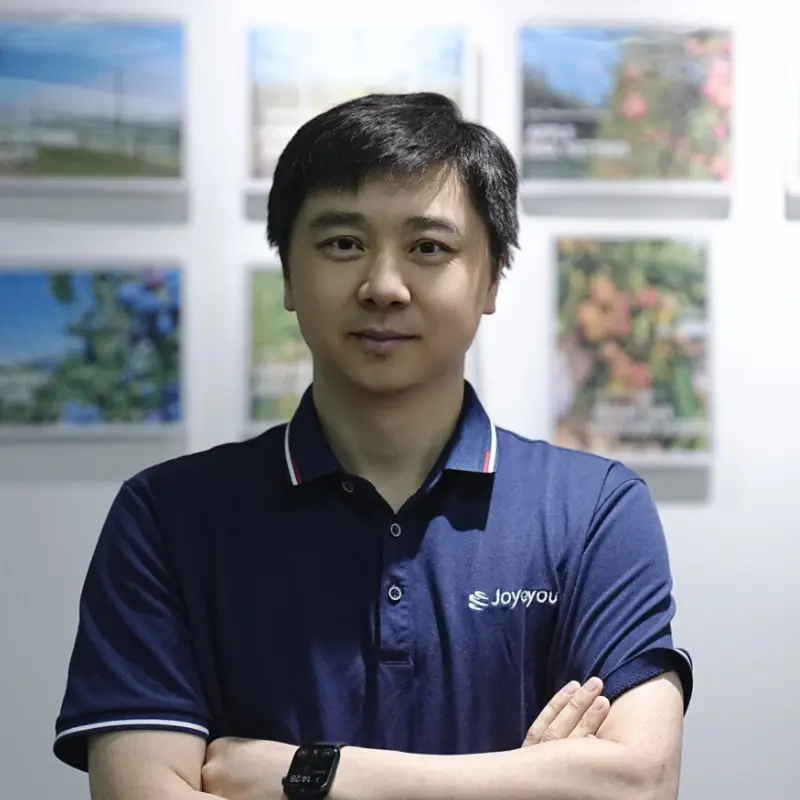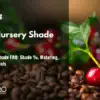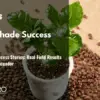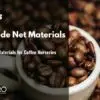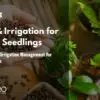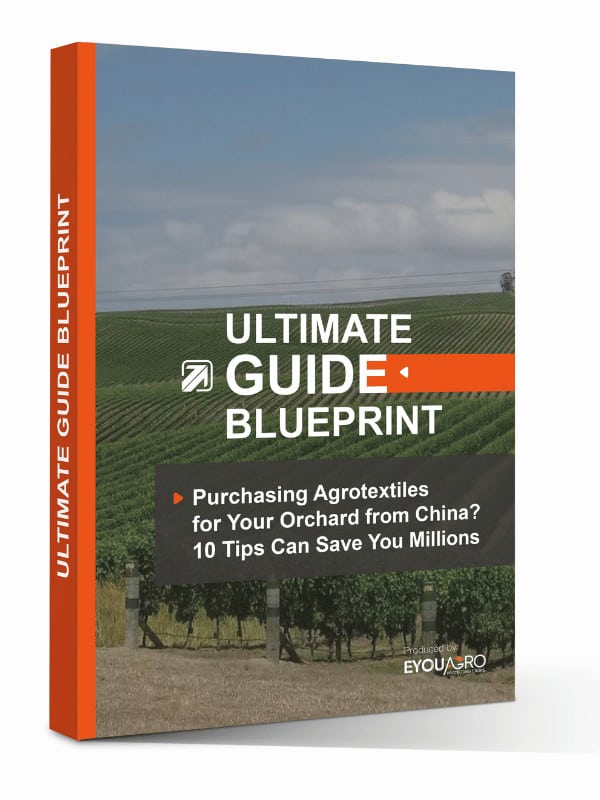Introduction
Reflective Ground Cover is a silver or white plastic ground film that is applied to the ground where fruit trees are planted to reflect light and allow the plants to absorb more light. In particular, it allows the middle and lower parts of the tree to receive the same amount of light as the upper part of the tree. It can improve the quality of the fruit in the orchard, increasing the coloring and making your fruit bigger and sweeter.
Relationship Between Light and Fruit Quality
Light is closely linked to the growth and development of plants. The quality, intensity, and duration of light are the main factors affecting plant growth. For plants, the combination of the two colors red and blue in sunlight with each other promotes flowering. Also, the duration of light and the intensity of exposure are very important for plant development. This is because the intensity of light has a major relationship with the primary metabolism of plants, such as photosynthesis. This means that the more sunlight a plant receives within a certain range, the more photosynthetic it will be. But once that range is exceeded, photoinhibition can also occur, so the light needs to be regulated to the best light for plant growth.
And the yield of an orchard is directly related to the amount of light the orchard receives. Light interception is the total amount of available sunlight received by the orchard canopy and results obtained in apple growing experiments confirm that higher light interception results in higher apple yields per acre. Similar results were obtained in cucumber cultivation.
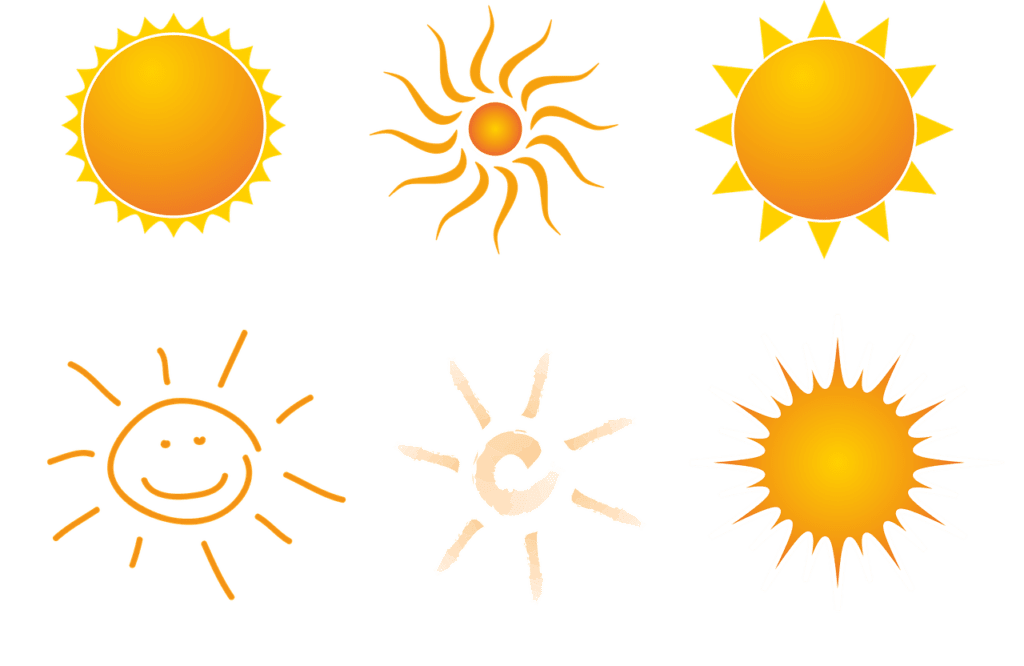
In addition, light has an important role in plants’ secondary metabolism. For example, light can cause plants to produce more phenolics.
One study found that kiwis exposed to natural light produced more phenolics than artificially shaded fruit in kiwifruit cultivation. One study showed that UV radiation at 290 nm – 400 nm significantly increased phenolic content by 20% compared to tomatoes without UV treatment.

Similarly, the distribution of light is very important for the draining of fruit trees. Sometimes although the light is good throughout the canopy, uneven distribution and insufficient light draining from the inner and lower parts of the canopy can lead to insufficient bud germination and uneven photosynthesis, producing differences in fruit quality.
Effects of Changing the Environment’s Light Level
Fruit quality is a crucial factor in the success of any fruit-growing business. Reflective Ground Screens (RGS) can be used to improve light conditions and produce higher quality fruits.
Reflective ground screens are an effective solution for increasing sunlight exposure for fruit trees, which has been shown to increase yields by up to 13% in kiwifruit cultivation.
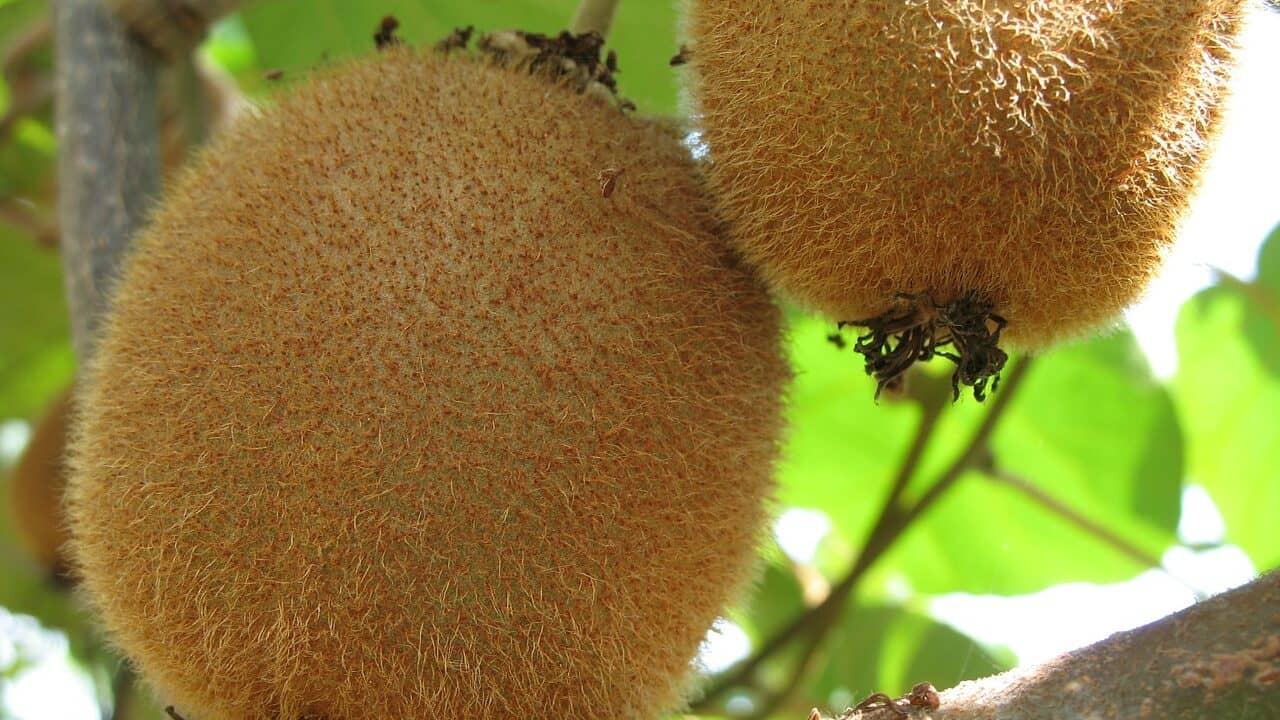
Reflective ground screens can also increase the color of the fruit. In apple growing, for example, the color of the apples is brighter and more attractive with reflective ground cover than without it, enhancing competitiveness in the marketplace. These reflective mulches also increase the fruit’s sweetness, resulting in better apples.
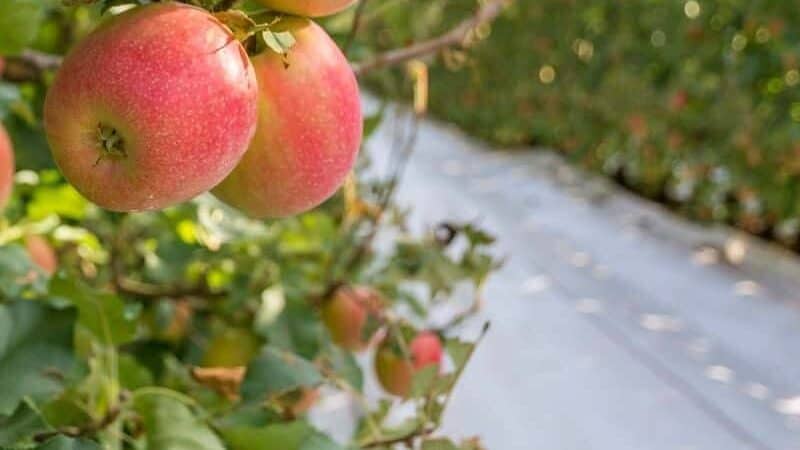
-
Reflective Ground Mulch or Reflective Ground Cover is a shiny bright white/silver plastic cover for improving canopy light relation, which are made to improve fruit quality including fruit coloration and sugar content, thus improving fruit yield and quality. It is developed to cover the entire orchard floor and not just the area immediately below the…
The study of pear tree planting also found that after the use of reflective mulch pear trees are bigger, more flowers, so that the yield of pear trees has been greatly improved.
It can be used in several ways depending on what is being grown and how much protection it needs from direct sunlight.
However, how do we choose the right Reflective Ground Screen for our orchard? The most common types of Reflective Ground Screen currently on the market are divided into four categories. Here is a comparison of these four types of Reflective Ground Screen.
Comparison of 4 Types of Reflective Materials
1. Plastic Monofilament with Woven Aluminium Strips
This is a plastic woven film with strips of aluminum foil and has good diffuse reflectivity. It shows good light reflection in the UV and visible light range. Depending on requirements, the weight can be in the range of 80-160 g/m2. It can be used many times over and has environmentally friendly properties. It has a suitable angle of reflection and facilitates the full use of light by plants. EyouAgro produces mulch mainly using this material and weave method. Using the most advanced production process available, the weave allows for fine adjustment of the reflective strength and can provide professional advice according to your needs.
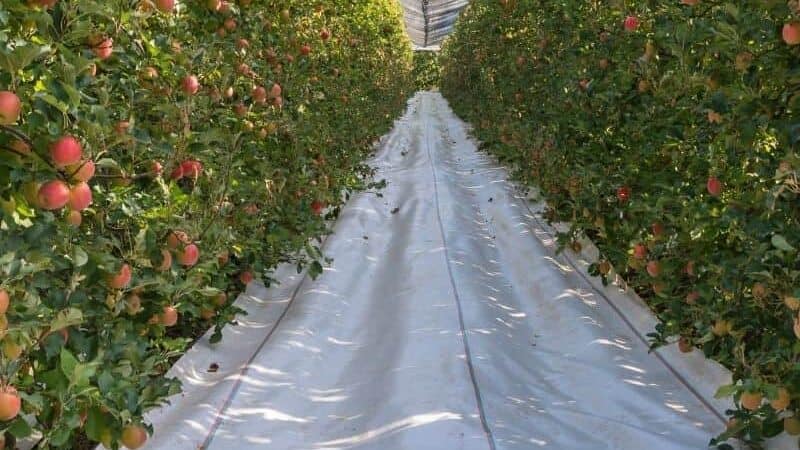
2. Aluminium Foil
This is an aluminum foil mounted on an ultra-thin PE plastic with a smooth surface, very lightweight, and easily damaged material. This is why this product can usually only be used once and cannot be used repeatedly.
It is a lustreless white biodegradable paper that produces a diffuse reflection. However, there is three times less UV at 290nm-400nm than visible light below 700nm, which means it reflects less UV than visible light. Because the material is paper, these products can also only be used once.
3. Coated Paper
It is a lustreless white biodegradable paper that produces a diffuse reflection. However, there is three times less UV at 290nm-400nm than visible light below 700nm, which means it reflects less UV than visible light. Because the material is paper, these products can also only be used once.
4. Woven Plastic Polypropylene
This is a ground cover made of bright white plastic that is diffusely reflective in the 290nm-800nm wavelength range and has a uniform reflective effect. It can be used repeatedly.
Table 1:Feature of the four types of reflective materials.
| Type | Plastic monofilament with woven aluminum strips | Aluminum foil | Coated paper | woven plastic polypropylene |
| Surface | Rough | Smooth | Smooth | Rough |
| Reusable | Re-usable | Single-use | Single-use | Re-usable |
| Color | Silver | Silver | White | White |
| Feature | 1. The visible/PAR and UV spectrums are evenly reflected 2. A ground cover with suitable angles of reflection for coloration of the fruit 3. Fine adjustment of reflection intensity (Adjustable reflectance (50%, 75%, 90%)) | 1. Regular reflector 2. Major reflections at steep angles of 50°-80° | 1. The visible/PAR and UV spectrums are evenly reflected 2. A ground cover with suitable angles of reflection for coloration of the fruit | 1. The visible/PAR and UV spectrums are evenly reflected 2. A ground cover with suitable angles of reflection for coloration of the fruit |
EyouAgro Reflective Screen Difference:
- EyouAgro uses a special process to weave strips of aluminium foil, which allows the density of the foil to be adjusted and thus the intensity of the light reflected. This is because too much light can also cause burns to the fruit. This is where our products have a huge advantage. The fine adjustment of the light allows the fruit to grow better in sufficient, but not excessive, light. A controlled growing environment for fruit trees for fruit farmers. And the materials we use are environmentally friendly, harmless to the environment, can be reused again and again, saving fruit farmers the cost of using them. They are not easily damaged and can be used in orchard for a long time without rotting.
Conclusion
Many studies have proven that new reflective materials can improve orchard yields, but it is also important how these materials are selected. Each material has its own characteristics. Consider all aspects of cost and effectiveness and choose the right reflective mulch for your orchard. It is also the most useful way to increase productivity in modern orchards.
EyouAgro has been involved in agricultural research for more than 20 years and has long researched and produced a wide range of reflective mulch, agricultural protection nets (shade netting, hail netting, bird netting, insect netting), and accessories, taking into account the needs of most farms.
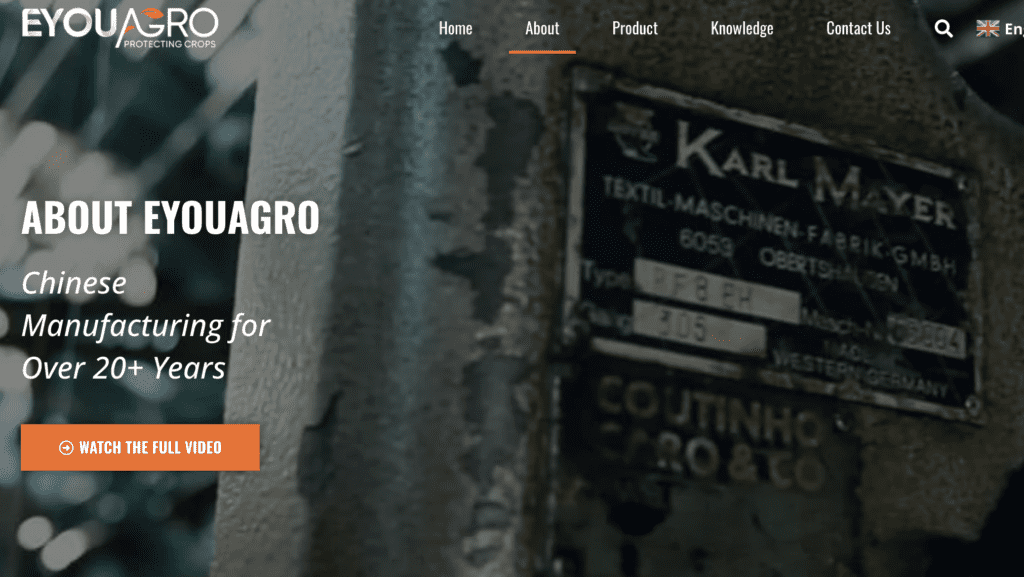
If you would like to know more about reflective mulch, please contact us.

